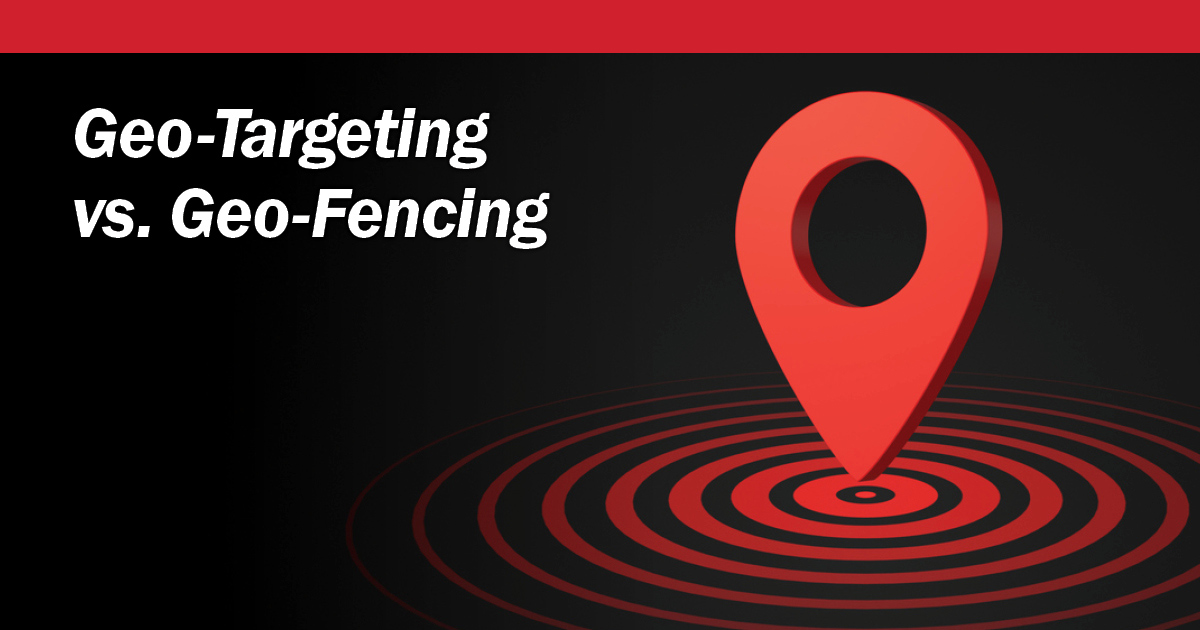
Search is Evolving: Here’s How Canadian Businesses Can Lead
For over two decades, Google has reigned supreme in the world of search. But today, cracks are forming in the tech giant’s dominance. With emerging […]

In today’s digital marketing landscape, reaching the right audience at the right time is critical. Location-based advertising has become a powerful way to connect with potential customers, but not all strategies are created equal. Two commonly used approaches-geo-targeting and geo-fencing-offer distinct advantages depending on your business goals. Understanding the differences between them can help you craft a more effective marketing strategy.
Geo-targeting allows businesses to deliver ads to users based on their location, typically using data from IP addresses, GPS, or mobile devices. This method is useful for tailoring messages to people in a specific region, whether that’s a city, neighborhood, or even a defined radius around a store. Beyond location, geo-targeting can incorporate user behavior, demographics, and past interactions to refine targeting.
For example, a national retailer could use geo-targeting to promote winter gear in Canada while showcasing summer apparel in Florida. A restaurant chain might adjust its ads based on local menu preferences, while an event organizer can target ads only to users within driving distance of a venue. The flexibility of geo-targeting makes it an effective tool for businesses with multiple locations, regional promotions, or audience segmentation needs.
Geo-fencing takes a more immediate and location-specific approach by creating a virtual boundary around a designated area. When a user’s mobile device enters or exits this boundary, it triggers an action-such as a push notification, an in-app message, or a targeted ad. This strategy is especially valuable for real-time engagement and proximity-based marketing.
Retailers often use geo-fencing to send special offers when customers walk past a store, while event organizers can engage attendees with exclusive promotions during a festival or conference. It’s also an effective way to target customers near competitors’ locations, offering them an incentive to choose your business instead. Because geo-fencing works in real-time, it can drive immediate action, making it particularly useful for businesses in retail, hospitality, and live events.
The choice between geo-targeting and geo-fencing depends on your objectives. If your goal is to reach a broad audience in a specific region and refine targeting based on user behavior, geo-targeting is the way to go. If you want to engage users the moment they enter a specific area-whether that’s a store, an event, or a competitor’s location-geo-fencing provides a more immediate and action-driven approach. Many businesses benefit from combining both strategies, using geo-targeting to build awareness and geo-fencing to encourage real-time engagement.
At 6P Marketing, we help businesses leverage the latest digital marketing strategies to maximize their reach and impact. If you’re looking to integrate geo-targeting or geo-fencing into your campaigns, we can help you build a strategy that drives results.
Reach out to us at winnipeg@6pmarketing.com to start the conversation!


For over two decades, Google has reigned supreme in the world of search. But today, cracks are forming in the tech giant’s dominance. With emerging […]

In the ever-evolving world of search engines and digital marketing, MSN has always held a certain place in the hearts of users who have relied […]

In an era where consumers expect tailored experiences, personalization has become a cornerstone of effective marketing. The ability to deliver relevant content can significantly enhance customer engagement and drive conversions. However, the approach to personalization must be adapted to fit the unique characteristics of each industry. Here, we explore how personalized marketing strategies can be effectively applied across professional services, manufacturing, insurance, and finance.